Oceanscapes: Tamil Textiles in the Early Modern World
This book explores how, in the early modern world, Tamil textiles became a globally traded commodity, and in being circulated across the seas and oceans came to be consumed by a wide variety of societies in Asia, Europe, Africa and America. The author elucidates how global diffusion of woven, painted, printed, and dyed cotton textiles occurred mainly because of the skills of Tamil weavers and dyers, and depended in large measure on consumer choices, fashion, aesthetics, social hierarchies besides the political and the economic situation in the areas of trade. The officers of the East India Companies and missionaries investigated into the techniques of printing and dyeing and found them to be considerably more sophisticated than in Europe.
The resultant exchange of technical and technological knowledge of textile production from the Tamil coast to Europe shaped clothing trends and taste as well as prompted innovations. The long-term economic history of the Tamil region as examined through the lens of textiles has been traced in this volume with an extensive and quantitative analysis of the types of textiles traded. The author addresses topics concerning the movement of precious metals, the process of monetization, aspects of business organization, techniques, and the struggle between the Portuguese, Dutch, English, French, Armenians, Tamil, and Telugu traders.
Being Braudelian in approach, this study breaks new ground by looking at changes and continuities in the Tamil textile economy, society and technology as an integral phenomenon, a process directing itself to a totality, thus rescuing history from becoming region or nation-centric and instead, elevating its status to the global.
Get it now and save 10%
BECOME A MEMBER

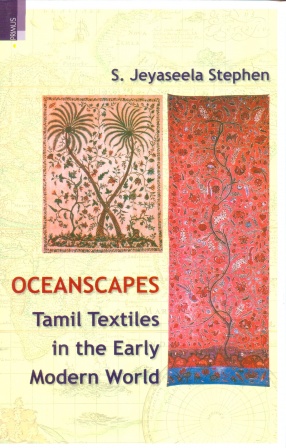
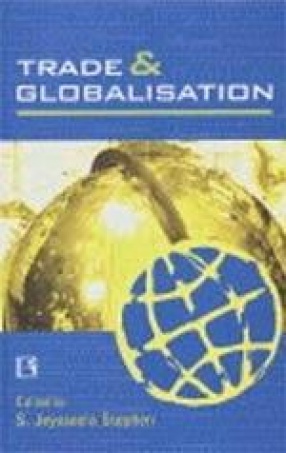
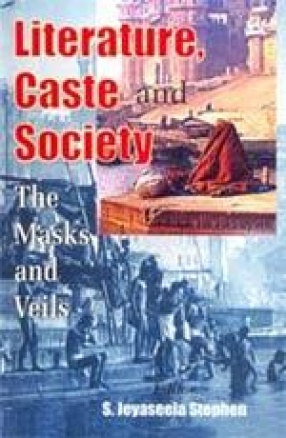
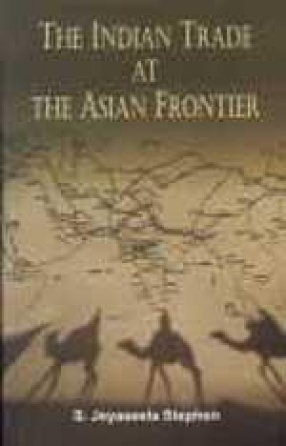
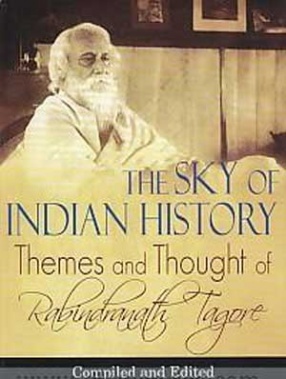
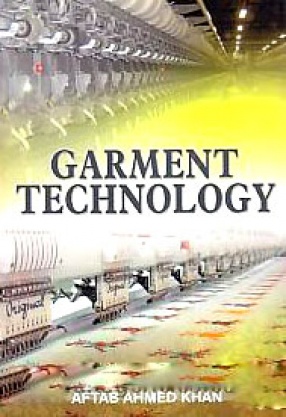
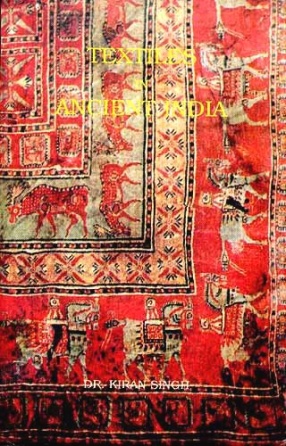
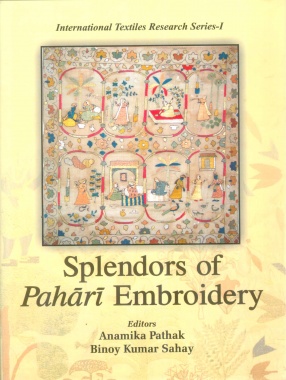
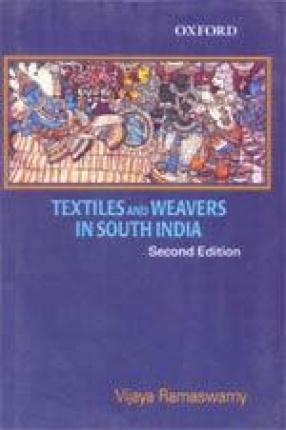

Bibliographic information